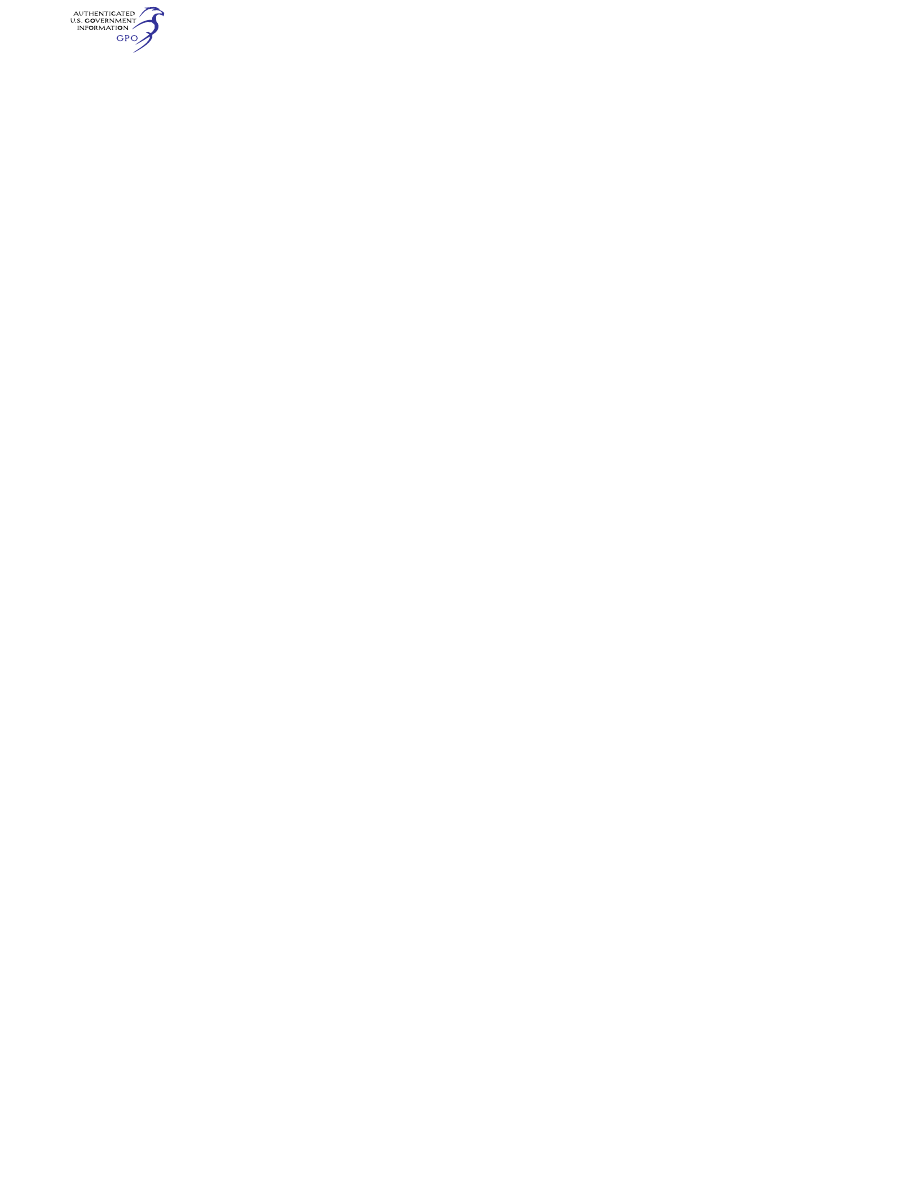
369
Federal Aviation Administration, DOT
§ 25.1557
§ 25.1549
Powerplant and auxiliary
power unit instruments.
For each required powerplant and
auxiliary power unit instrument, as ap-
propriate to the type of instrument—
(a) Each maximum and, if applicable,
minimum safe operating limit must be
marked with a red radial or a red line;
(b) Each normal operating range
must be marked with a green arc or
green line, not extending beyond the
maximum and minimum safe limits;
(c) Each takeoff and precautionary
range must be marked with a yellow
arc or a yellow line; and
(d) Each engine, auxiliary power
unit, or propeller speed range that is
restricted because of excessive vibra-
tion stresses must be marked with red
arcs or red lines.
[Amdt. 25–40, 42 FR 15044, Mar. 17, 1977]
§ 25.1551
Oil quantity indication.
Each oil quantity indicating means
must be marked to indicate the quan-
tity of oil readily and accurately.
[Amdt. 25–72, 55 FR 29786, July 20, 1990]
§ 25.1553
Fuel quantity indicator.
If the unusable fuel supply for any
tank exceeds one gallon, or five per-
cent of the tank capacity, whichever is
greater, a red arc must be marked on
its indicator extending from the cali-
brated zero reading to the lowest read-
ing obtainable in level flight.
§ 25.1555
Control markings.
(a) Each cockpit control, other than
primary flight controls and controls
whose function is obvious, must be
plainly marked as to its function and
method of operation.
(b) Each aerodynamic control must
be marked under the requirements of
§§ 25.677 and 25.699.
(c) For powerplant fuel controls—
(1) Each fuel tank selector control
must be marked to indicate the posi-
tion corresponding to each tank and to
each existing cross feed position;
(2) If safe operation requires the use
of any tanks in a specific sequence,
that sequence must be marked on, or
adjacent to, the selector for those
tanks; and
(3) Each valve control for each engine
must be marked to indicate the posi-
tion corresponding to each engine con-
trolled.
(d) For accessory, auxiliary, and
emergency controls—
(1) Each emergency control (includ-
ing each fuel jettisoning and fluid shut-
off must be colored red; and
(2) Each visual indicator required by
§ 25.729(e) must be marked so that the
pilot can determine at any time when
the wheels are locked in either extreme
position, if retractable landing gear is
used.
§ 25.1557
Miscellaneous markings and
placards.
(a)
Baggage and cargo compartments
and ballast location. Each baggage and
cargo compartment, and each ballast
location must have a placard stating
any limitations on contents, including
weight, that are necessary under the
loading requirements. However,
underseat compartments designed for
the storage of carry-on articles weigh-
ing not more than 20 pounds need not
have a loading limitation placard.
(b)
Powerplant fluid filler openings.
The following apply:
(1) Fuel filler openings must be
marked at or near the filler cover
with—
(i) The word ‘‘fuel’’;
(ii) For reciprocating engine powered
airplanes, the minimum fuel grade;
(iii) For turbine engine powered air-
planes, the permissible fuel designa-
tions; and
(iv) For pressure fueling systems, the
maximum permissible fueling supply
pressure and the maximum permissible
defueling pressure.
(2) Oil filler openings must be
marked at or near the filler cover with
the word ‘‘oil’’.
(3) Augmentation fluid filler open-
ings must be marked at or near the
filler cover to identify the required
fluid.
(c)
Emergency exit placards. Each
emergency exit placard must meet the
requirements of § 25.811.
(d)
Doors. Each door that must be
used in order to reach any required
emergency exit must have a suitable
placard stating that the door is to be
VerDate Sep<11>2014
09:06 Jun 28, 2024
Jkt 262046
PO 00000
Frm 00379
Fmt 8010
Sfmt 8010
Y:\SGML\262046.XXX
262046
jspears on DSK121TN23PROD with CFR